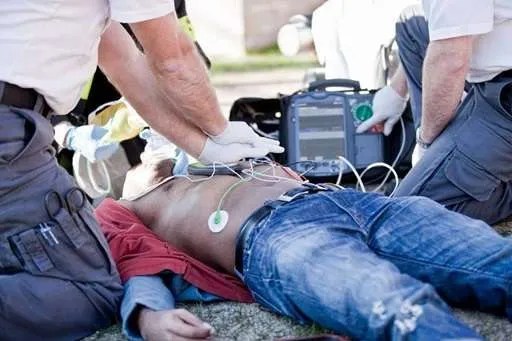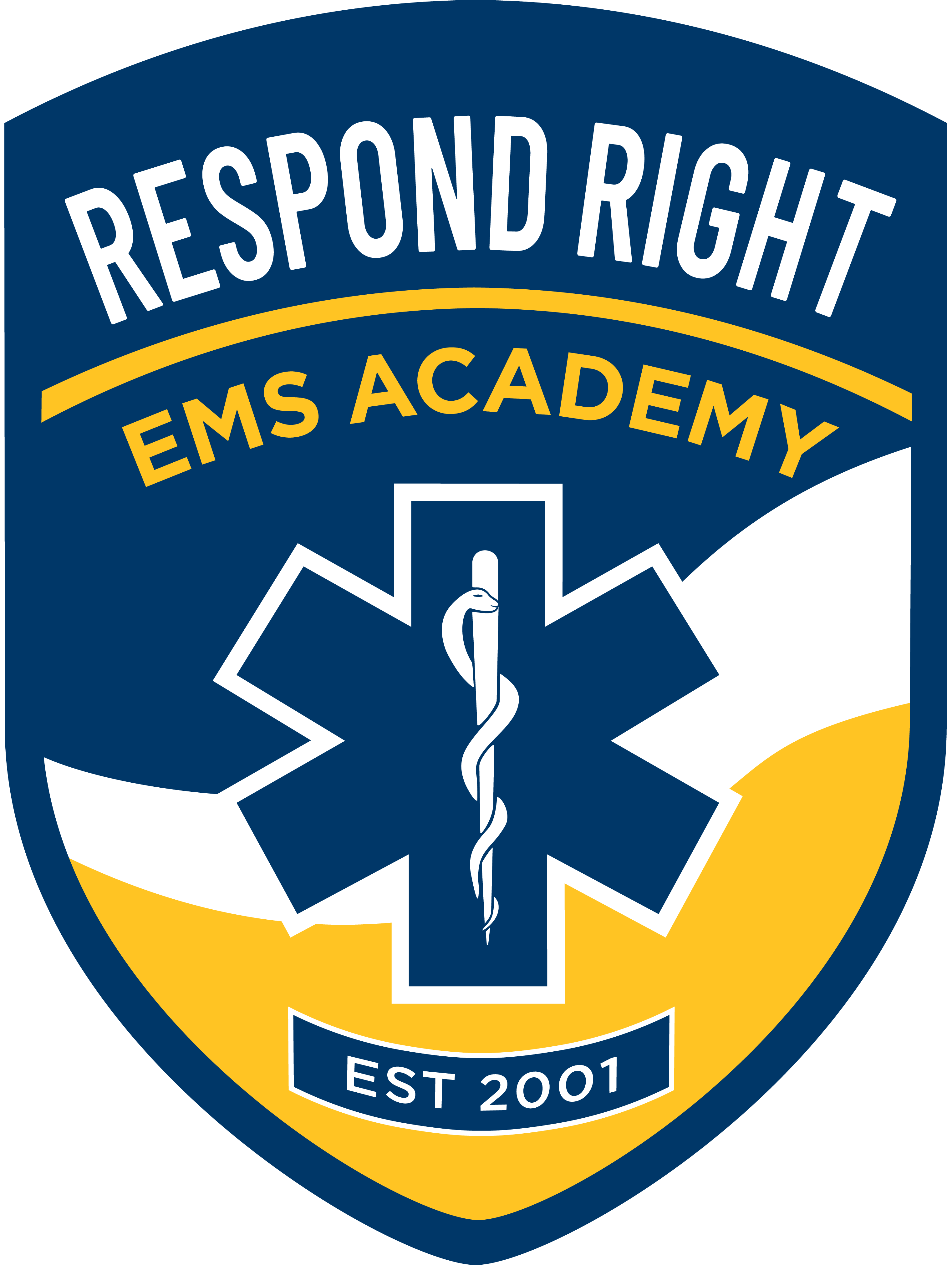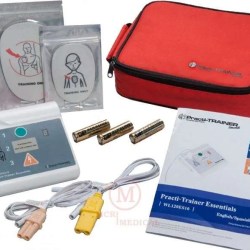
Emergency Medical Technicians (EMTs) are our communities’ hidden heroes, responding to medical emergencies and providing critical medical services when every second counts. They are the first line of defense in prehospital treatment, helping to save lives and improve patient outcomes. The article will take you through the important steps to take to become an EMT, from educational requirements to job opportunities.
What Is an EMT and What Does an EMT Do?
EMTs are highly trained professionals who provide emergency medical care to patients experiencing a range of medical conditions. They are responsible for assessing patients, providing basic life support, stabilizing injuries, and transporting patients to appropriate medical facilities.
Difference between EMTs, Paramedics, and First Responders
- EMTs provide basic life support, including CPR, airway management, and basic wound care.
- Paramedics possess advanced skills, such as administering medications, performing advanced airway procedures, and performing some medical procedures typically done in hospitals.
- First Responders are typically community volunteers who are often the first to arrive at an emergency scene. They may provide basic first aid and assist with patient care until more advanced medical personnel arrive.
Common Responsibilities and Daily Tasks
- Responding to emergency calls
- Assessing patients’ conditions
- Providing basic life support (CPR, AED)
- Immobilizing injuries
- Assisting with patient transport
- Maintaining and cleaning equipment
- Completing necessary documentation
Types of Emergencies EMTs Respond To
EMTs encounter a wide variety of emergencies, including:
- Cardiac arrest
- Trauma injuries (car accidents, falls)
- Respiratory distress
- Medical emergencies (diabetic emergencies, stroke)
- Substance abuse overdoses
Steps to Become an Emergency Medical Technician
Step 1: Complete Basic Education Requirements
A high school diploma or GED is the minimum educational requirement for most EMT programs. While not always mandatory, some programs may prefer or require applicants to have some college coursework. In our EMT school, students don’t need any prior college courses to register for the course.
Step 2: Become CPR Certified
CPR certification is a crucial requirement for all EMT candidates. we offer American Heart Association Authorized courses, including Basic Life Support (BLS), , Family & Friends CPR, Advanced Cardiac Life Support (ACLS), and Pediatric Advanced Life Support (PALS). These courses provide the essential skills needed to save lives with confidence.
Step 3: Complete an EMT Program
Our EMT program combines comprehensive classroom instruction, hands-on skills labs, and real-world clinical experience to prepare you for the field. As an American Heart Association Authorized Training Center, We follow national standards set by the NREMT, ensuring top-quality education. Students will complete clinical rotations with ambulance services, fire departments, and emergency departments, gaining invaluable field experience.
Step 4: Pass the NREMT Cognitive Exam
Upon successful completion of our EMT program, you will be eligible to take the NREMT Cognitive (written) exam, which assesses your knowledge in medical terminology, patient assessment, pharmacology, and other critical areas.
Step 5: Pass the Missouri Psychomotor Exam
You will also be eligible for the Missouri Psychomotor (practical) exam, where you will demonstrate essential hands-on skills such as patient assessment, airway management, splinting techniques, and other life-saving procedures.
Obtaining State Certification
After successfully passing the NREMT Cognitive and Missouri Psychomotor exams, you must obtain state certification to practice as an EMT. Each state has its own licensing requirements and procedures, so be sure to check with your local regulatory agency for specific guidelines.
Specializations Within EMT
- EMT-Basic: Provides basic life support and limited advanced medical care.
- EMT-Intermediate: Possesses advanced skills beyond basic EMTs, such as administering some medications and performing more advanced airway procedures.
- EMT-Paramedic: Provides the highest level of prehospital care, including advanced life support, administering medications, and performing invasive procedures. Our paramedic course equips you with the skills and training needed to excel in emergency medical services and save lives.
EMT Career Outlook and Salary
Salary Expectations
EMT salaries vary based on experience, location, and employer. On average, EMTs earn $21.10 per hour, with salaries ranging from $14.92 to $29.85 per hour. EMT-Basics typically make around $20.04 per hour, while Senior Emergency Medical Technicians can earn an average of $36.34 per hour. Higher certifications and experience can lead to increased earning potential in the emergency medical field.
Job Outlook
The demand for qualified EMTs is expected to grow in the coming years due to an aging population and increasing healthcare needs. According to the U.S. Bureau of Labor Statistics, employment for EMTs and paramedics is projected to grow by 6% from 2025 to 2033, creating approximately 19,200 new job openings each year.
Work as a first responder
Becoming an EMT is a rewarding career path for those who are passionate about helping others. With dedication, hard work, and the right training, you can become a valuable member of your community and make a real difference in people’s lives.



















